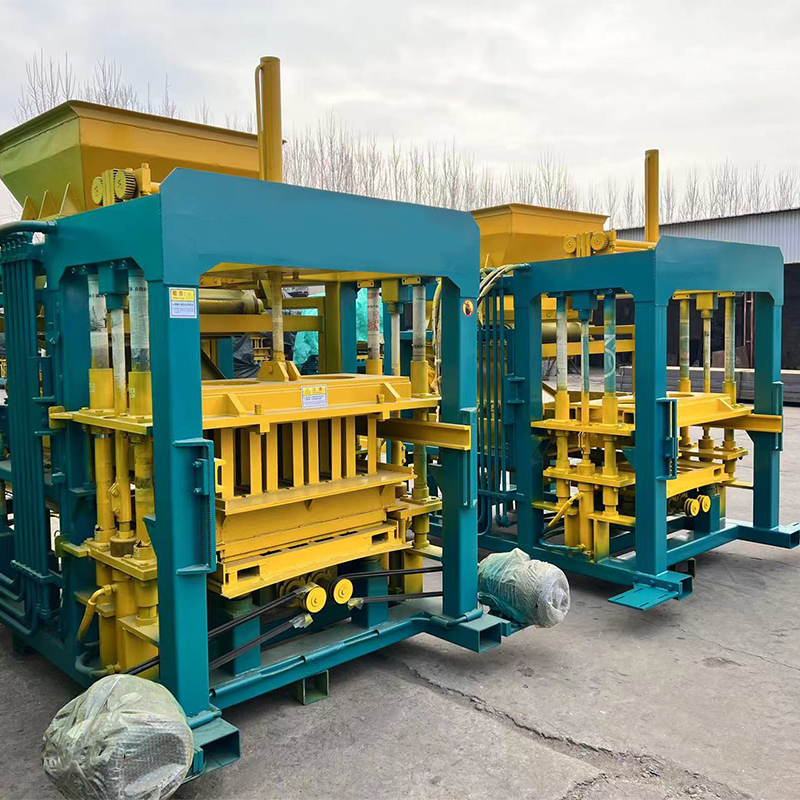
Title: Balancing the Scales: Cost-Benefit Analysis of Semi-Automatic Clay Brick Production
Introduction
In the realm of construction materials, the choice between traditional brick manufacturing methods and semi-automatic clay brick production involves a delicate balance of costs and benefits. This article conducts a thorough cost-benefit analysis to shed light on the economic considerations associated with semi-automatic clay brick production.
1. Capital Investment Costs:
- Costs:
- Initial investment in semi-automatic clay brick production machinery can be substantial. This includes expenses for kilns, molding machines, drying systems, and other specialized equipment.
- Benefits:
- Semi-automatic machines often boast high production capacities and efficiency, potentially allowing manufacturers to recoup the initial capital investment over time.
2. Labor Costs:
- Costs:
- While semi-automatic machines reduce manual labor compared to traditional methods, skilled operators are still required for machine operation, maintenance, and quality control.
- Benefits:
- Labor efficiency improves, leading to potential cost savings in the long run. Additionally, the need for a highly skilled workforce might be mitigated through comprehensive training programs.
3. Raw Material Costs:
- Costs:
- The cost of raw materials, primarily clay, contributes significantly to production expenses.
- Benefits:
- Efficiency gains in semi-automatic processes may lead to optimized raw material usage, reducing waste and minimizing costs.
4. Energy Consumption:
- Costs:
- Semi-automatic clay brick production involves energy-intensive processes, particularly during firing.
- Benefits:
- Innovations in kiln technologies and the implementation of energy-efficient practices can mitigate energy consumption, offering long-term cost savings.
5. Maintenance and Repairs:
- Costs:
- Semi-automatic machinery requires regular maintenance and occasional repairs, incurring associated costs.
- Benefits:
- Proactive maintenance can extend the lifespan of equipment, reducing the frequency and impact of unexpected breakdowns.
6. Production Efficiency:
- Costs:
- Initial adjustments and learning curves may impact production efficiency during the early stages of adopting semi-automatic systems.
- Benefits:
- Over time, as operators become more adept and processes are streamlined, production efficiency increases, potentially surpassing traditional methods.
7. Quality Control and Product Consistency:
- Costs:
- Implementing robust quality control measures incurs costs for testing and inspection.
- Benefits:
- Semi-automatic processes allow for more precise control over variables, contributing to enhanced product consistency and potentially reducing costs associated with defective units.
8. Environmental Compliance:
- Costs:
- Adhering to environmental regulations may involve investing in eco-friendly technologies and practices.
- Benefits:
- Demonstrating environmental responsibility can enhance the brand’s image and appeal, potentially opening up new market opportunities.
9. Scalability and Flexibility:
- Costs:
- Scaling up production or adapting to changes in demand may require additional investments.
- Benefits:
- Semi-automatic systems offer scalability and flexibility, allowing manufacturers to adjust production levels and diversify product offerings more efficiently than traditional methods.
10. Market Position and Brand Image:
- Costs:
- Investing in marketing efforts to showcase the benefits of semi-automatic clay brick production may require financial resources.
- Benefits:
- Positioning the brand as an innovator in sustainable and efficient production methods can contribute to long-term market success and customer loyalty.
Conclusion
The cost-benefit analysis of semi-automatic clay brick production reveals a complex interplay of factors. While initial capital investments and ongoing operational costs are significant considerations, the potential benefits in terms of efficiency, quality, and environmental sustainability can position manufacturers favorably in the evolving construction materials market. Striking the right balance requires a thorough understanding of the specific context, market dynamics, and the long-term vision of the manufacturing enterprise.
